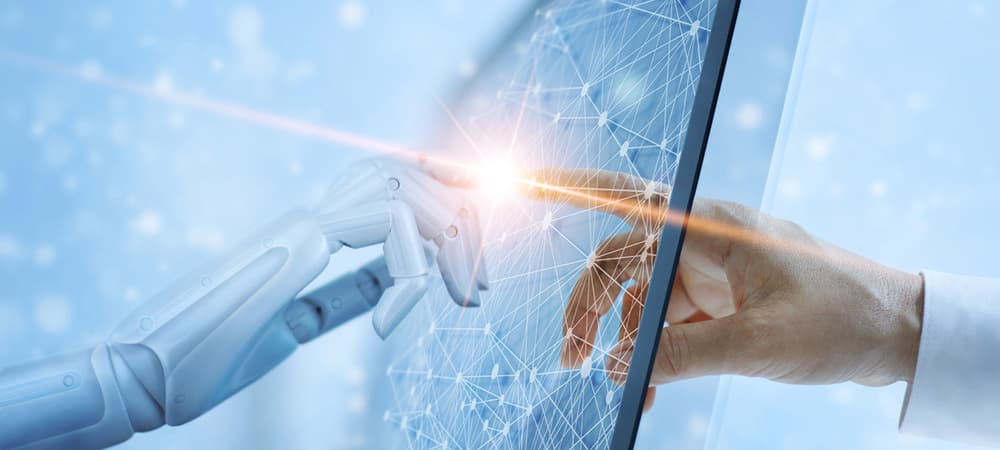The Fourth Industrial Revolution: Not What You Think

Whether you knew it or not, we’re living through the Fourth Industrial Revolution (4IR). And if you had to guess, you might say that it will end with robots and AI replacing most of us, but the reality is somewhat different.
The First Three Industrial Revolutions
Most of us learned in school that “the Industrial Revolution” was powered by steam. And so it was, as the combination of water and steam power were used to mechanize production, and to transform transportation in the form of steam locomotives, for one example.
In the Second Industrial Revolution, electrical power enabled mass production, allowing manufacturing on a scale not previously seen. Then electronics and information technology entered the picture, bringing still greater efficiencies in the Third Industrial Revolution.
The Fourth Industrial Revolution
Some would argue that we’re continuing to experience the Third Industrial Revolution, as IT continues to forge new paths. But those who say we’ve entered 4IR note that today’s sheer velocity of technological change has no precedent. In fact, “… the breadth and depth of these changes herald the transformation of entire systems of production, management, and governance,” says the World Economic Forum.
4IR is marked by the interconnection of countless people and even more machines. Machine learning and AI have gone from abstract concepts to part of our everyday lives as we’ve watched, and many find this reality unsettling. History is strewn with the memories of companies that failed to adapt to changing technologies, and perhaps never before have we seen this pace of automating tasks previously done by humans. Research by Manufacturing Business Technology notes that as much as 90 percent of manufacturing processes could be automated by 2030.
People Powered?
That’s a scary-sounding bit of research, but the key is to understand that it refers to the automation of tasks, not jobs. A growing consensus says that 4IR is not about replacing workers but empowering them with better tools to do their work more efficiently.
To illustrate the point, one post uses the modern train engine as an example. A far cry from the steam locomotives mentioned above, these are huge and complex machines, and down time is extremely costly in the form of idle cargo, angry passengers or both.
A typical scenario would be an engine breaking down and being towed in for repairs. A mechanic runs diagnostic tests, which might take hours. In the age of 4IR, the diagnostics are done before the locomotive rolls into the shop. Predictive analytics have forecast what will break down and when, and repairs are proactive. The mechanic still does the work, but he or she is empowered with better data as never before. Down time is greatly reduced, as are the associated expenses.
The Lighthouse Sites
To further examine this seeming technological disconnect between replacing humans and empowering them, Manufacturing Business Technology looked at 16 manufacturing sites around the world using 4IR technology in innovative ways. An examination of these “lighthouse sites” further supports the concept of 4IR being an age of empowered workers, not displaced ones:
- At a plant in the Czech Republic, live KPIs are shown on touchscreens on the shop floor so front-line workers can better understand the data and understand where deviations happen.
- A Chinese facility showed a 64 percent increase in production, and a 33 percent reduction in lead times thanks to a web-based sales channel for configuring and ordering products.
- Similarly, a Dutch plant found that empowering workers with new tools, that gave them access to the data at their fingertips, reduced the need for outside data experts.
In the first example, the increased efficiencies of 4IR technologies demonstrated the plant’s relevance in the face of shifting demands and actually secured its workers’ jobs, the very opposite of labor being made obsolete by technology.
Manufacturers embracing 4IR technologies are finding new solutions and new efficiencies courtesy of the people who’ve been there all along, by putting the right tools into their hands. The Fourth Industrial Revolution is indeed people-powered.